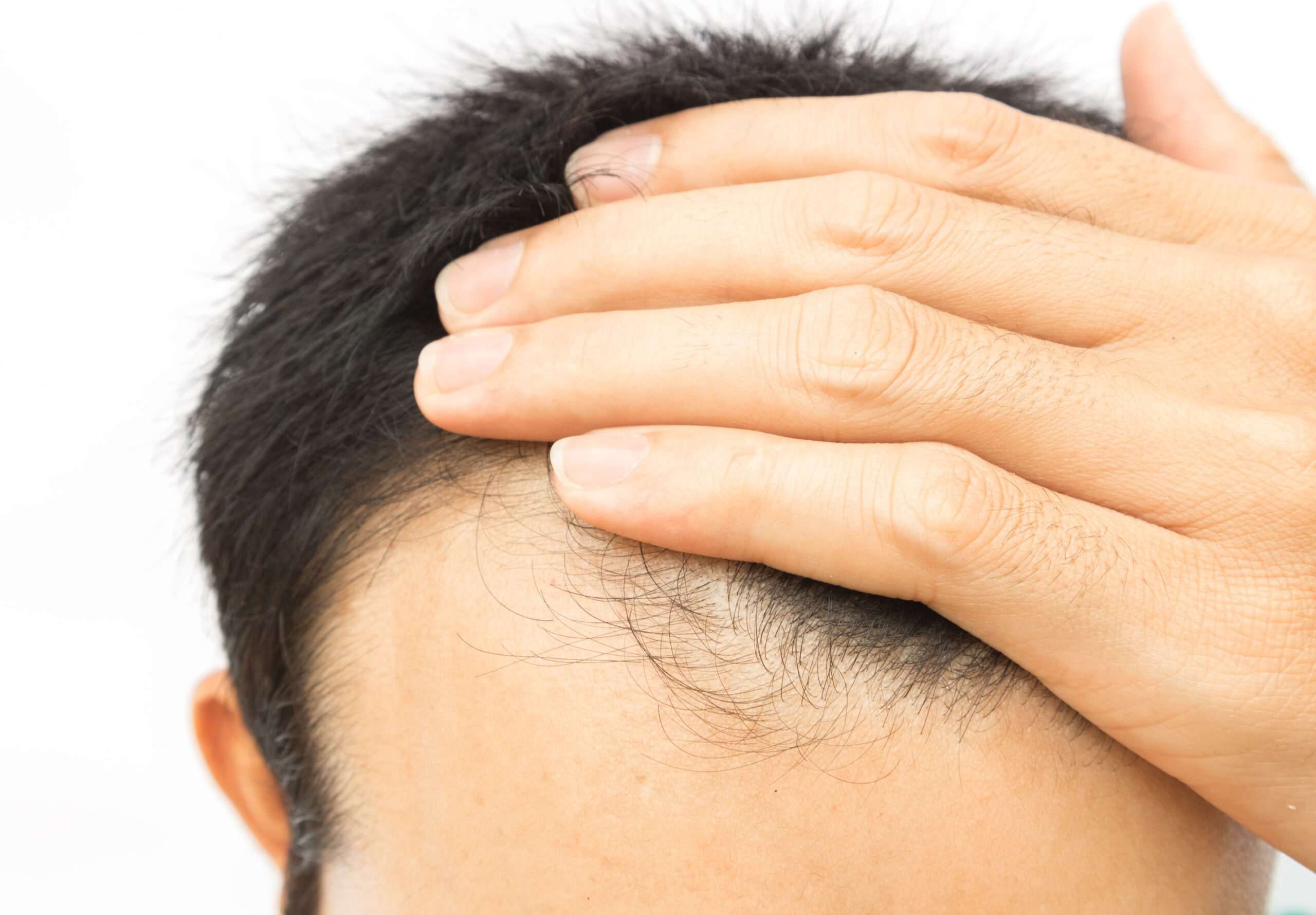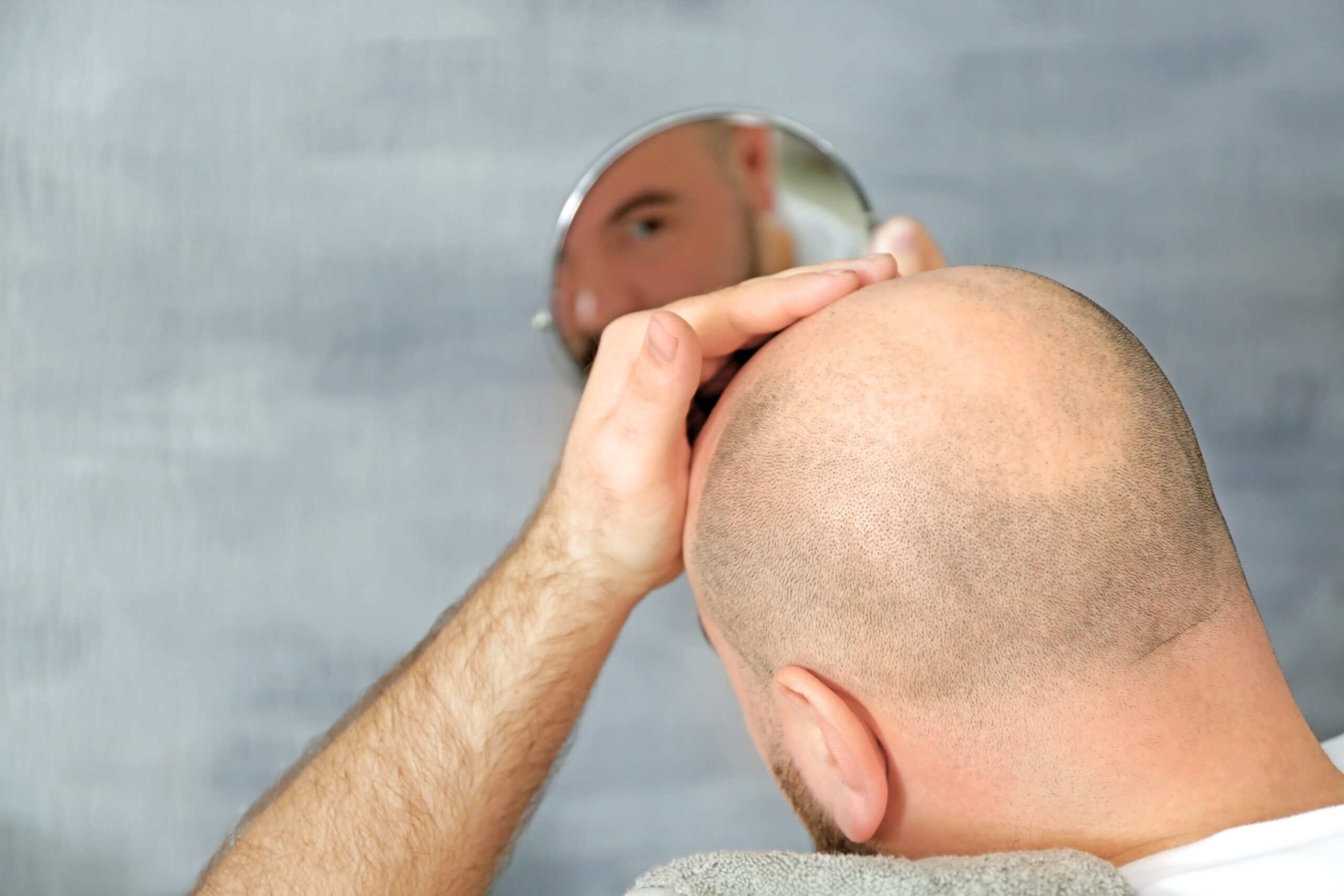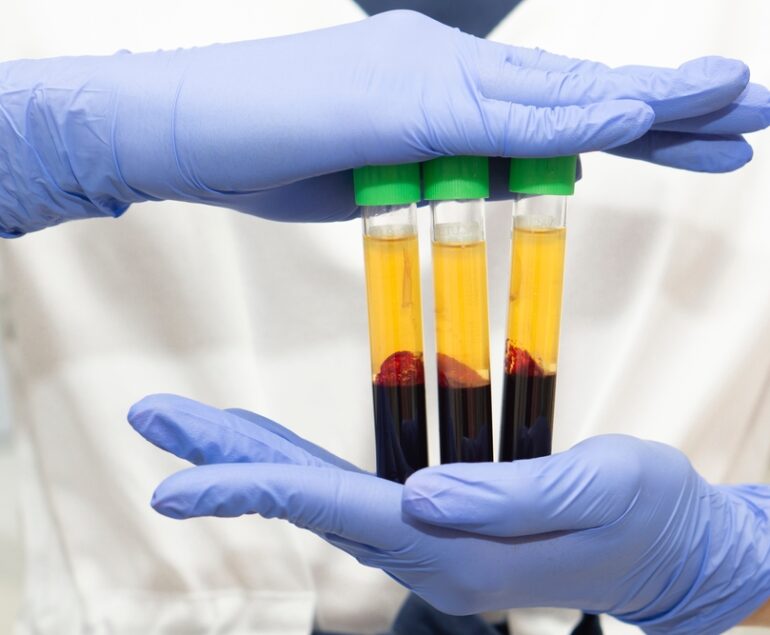DHI HAIR TRANSPLANT METHOD
Advances in medicine have led to important innovations in hair transplantation. DHI hair transplantation technique, which has many advantages compared to previously used hair transplantation techniques, has been increasingly used for several years. DHI hair transplantation technique, which is a very successful technique, is performed by collecting hair follicles from the donor area using a certain type of needle. Then, the roots taken using the same needle are planted. In the DHI technique, where roots are extracted and transplanted simultaneously from the hair, a single small device is used to collect the roots, make tiny holes and transplant the hair in one go.
FEATURES OF DHI HAIR TRANSPLANT TECHNIQUE
- It makes it possible to simultaneously open channels and place grafts.
- The process is carried out using special pens with a diameter between 0.6 mm and 1.0 mm.
- It requires very high concentration, precision and great effort.
- Since no incision is made on the scalp, no stitches are required and the risk of bleeding is minimized.
- The procedure is performed under local anesthesia.
- When done by a professional and expert team, the results are very successful and permanent.

ADVANTAGES OF DHI HAIR TRANSPLANT TECHNIQUE
- Since the opening of the channels and the transplantation are performed at the same time, the grafts are transplanted quite quickly.
- Intensive planting is possible.
- It is done using a special device. This device minimizes the loss of hair follicles.
- DHI technique does not harm the hair in any way.
- Since no cuts or stitches are made, the patient recovers very quickly and can quickly return to his daily life.
- The DHI technique allows transplanting without shaving the hair.

DHI HAIR TRANSPLANT STAGES
1 stage: The patient is consulted. In this consultation, necessary examinations and hair analysis are made. This stage ends with the determination of which technique will be used depending on the patient's condition and wishes.
2nd stage: DHI is the stage where local anesthesia is applied for hair transplantation. After this process is done, the final preparations for the process are completed.
3rd stage: Grafts are collected from the donor area. Grafts are extracted with a specific pen. First, the grafts are removed from the nape region. If hair growth is not sufficient in this area, grafts can also be collected from the chest area. Collected grafts are prepared for transplantation. Very meticulously, the grafts are placed one by one in special pens. During this process, special devices are used alternately for 20 – 30 DHI technique. After a few devices are prepared, the planting of the grafts begins.
4th stage: At this stage, the grafts are implanted at predetermined points on the scalp. At this stage, tiny holes are made in the determined area on the scalp using a special device and the graft is placed at the same time. Meanwhile, the process team prepares the devices. With this process cycle, DHI hair transplantation is completed.
Frequently Asked Questions
In order to understand your suitability for hair transplantation, you must go through a doctor's evaluation. Your doctor will direct you to a hair transplant attempt or other treatment options after performing the necessary analysis. Tests to be Done Before Hair Transplantation, Determination of Blood Type, CBC (Complete Blood Count), Biochemistry (routine), PTZ-APTT (Coagulation), PT-PTT-INR (Coagulation test), HBs Ag, Anti HBC, Anti HIV. As a result of these tests, your suitability for hair transplantation is understood. On the other hand, if there is no skin disease in the hairy area, it should be treated. Your suitability for hair transplantation is examined by a specialist in our polyclinic.
Since hair transplantation is performed under local anesthesia or with sedation, pain is not felt. Here, the patient's pain threshold is also important. A slight pain is felt during anesthesia. After anesthesia, the patient does not feel any pain.
Hair transplantation is a process that takes between 6 and 8 hours.
The transplanted hair starts to fall out within 15 days. The patient recovers. From the 3rd month, the hair starts to grow slowly. However, in 5-6 months, most of the hair will come out. Hair growth and thickening continue for up to 1 year.
Since the donor area for hair transplantation is the area coded not to fall out, the hair taken from that area and transplanted to the top and front area will not shed for life.
Hair Transplant Methods
Our Other Treatments

Eyebrow Transplantation
Eyebrow transplantation is a procedure applied to permanently regain eyebrow hair in patients who have missing eyebrows, lost their eyebrows due to trauma (scars, plucking, chemotherapy) or who want to thicken and improve the appearance of their eyebrows.

Beard and Mustache Transplantation
Beard and Mustache transplantation is an application for people who have lost a beard or mustache or who have not grown a beard.

Prp Hair Treatment
PRP Hair treatment is the separation of some blood taken from the person into its components after a centrifugation process, enriching it in terms of platelets and injecting the obtained serum into the scalp.

